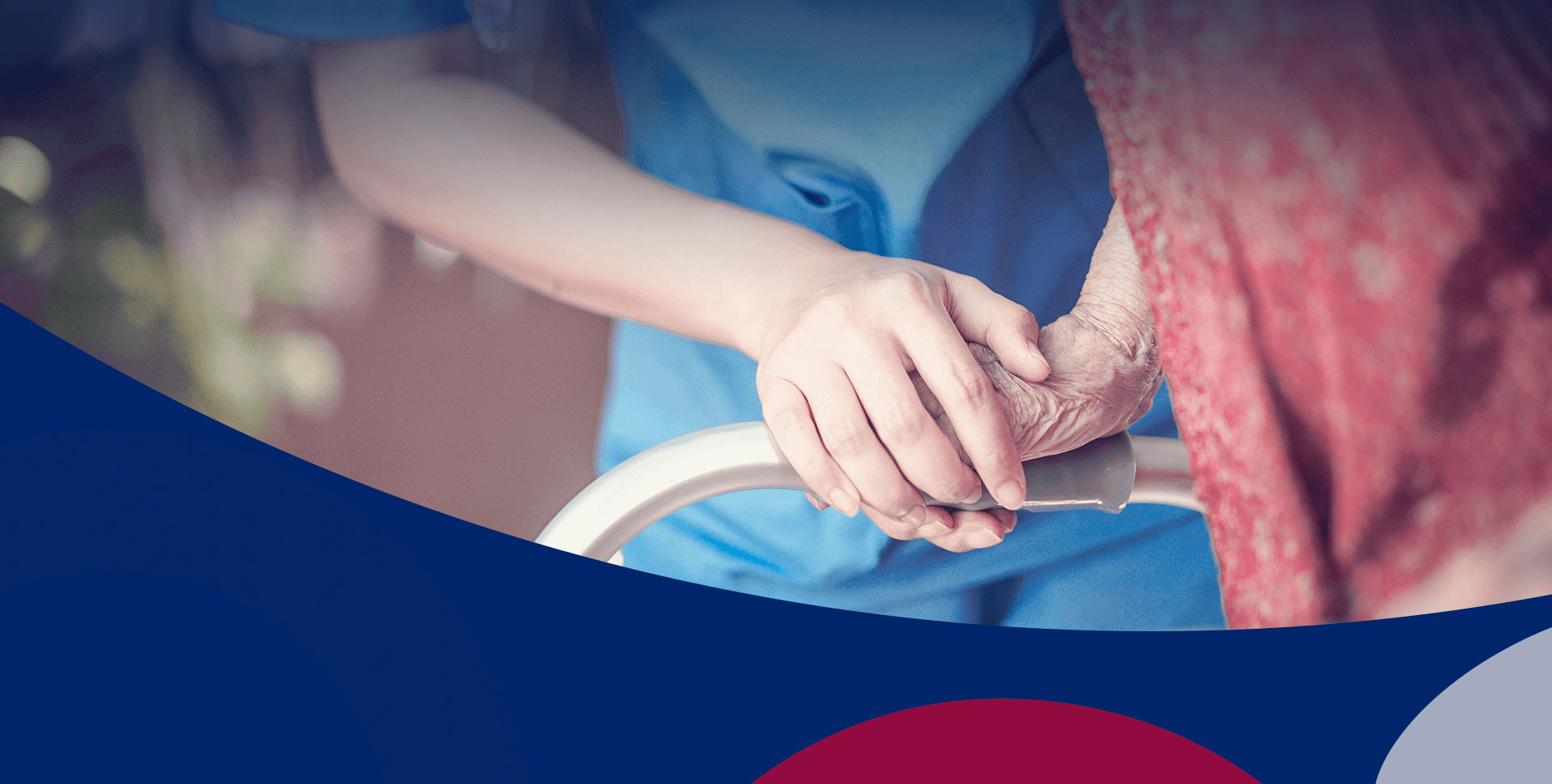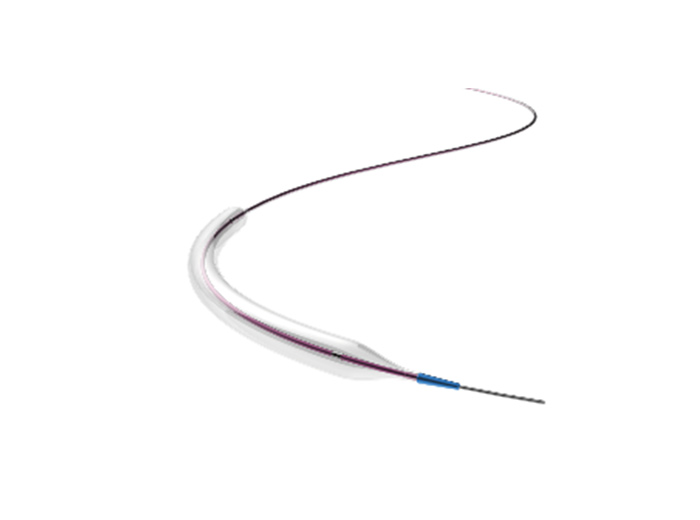the core of our corporate values
What Are the Precautions for Patients Undergoing Peripheral Vascular Interventional Surgery?
Peripheral vessels refer to all vessels except the cardiac and intracranial vessels. Peripheral vascular disease (PVD) includes diseases of the arterial, venous and lymphatic systems.
Common arterial diseases include: arterial stenosis and occlusion caused by atherosclerotic plaque and thrombus, such as atherosclerotic occlusive disease, arterial embolism; arterial inflammation, such as polyarteritis, thromboangiitis obliterans, arteritis nodosa ; Arterial dilatation lesions, such as aneurysms; Peripheral arterial disorders, such as Raynaud's disease (phenomenon), erythromelalgia; External pressure lesions, such as thoracic outlet syndrome, popliteal artery squeeze syndrome; Diabetic vascular disease, arteriovenous fistula, etc.
Venous disease is divided into superficial venous disease and deep venous disease. Superficial venous disease includes varicose veins and superficial thrombophlebitis; deep venous disease includes deep vein thrombosis, primary deep vein valve insufficiency, and deep vein thrombosis can cause pulmonary embolism, post-deep vein thrombosis syndrome; also includes Budd-Chiari syndrome, K-T syndrome and so on.
Lymphatic system diseases are mainly inflammation and reflux obstruction diseases, such as acute and chronic lymphadenitis, lymph node tuberculosis, lymphoma and so on.
Ⅰ. Maintain a good emotional state before peripheral vascular interventional surgery
Bad mood before surgery can affect your sleep, diet and immune system, which is extremely unfavorable for surgery. Therefore, you need to adjust your emotions in time. Your doctor or nurse in charge will give you a detailed introduction to the purpose of the operation, the operation process and the complications that may result from the operation before the operation. If you have any questions, please ask them in person.
The night before the surgery, you must relax. If you can't sleep because of tension and anxiety, the doctor will give you a sedative according to the situation.
Ⅱ. What preparations should be made before peripheral vascular interventional surgery?
1. Practice defecation in bed.
2. The preparation of the skin in the surgical area will be carried out by professional nurses for you. The purpose is to remove hair from the surgical area before surgery to prevent incision infection.
3. The night before the operation, you may be given a sedative to ensure that you can get enough rest.
Ⅲ. What do you need to do in the morning on the day of peripheral vascular intervention?
1. Patients undergoing surgery in the morning need to fast for breakfast on the same day, but not water; patients undergoing surgery in the afternoon need to fast for lunch on the day of surgery, but not water.
2. In the morning of the operation, all other drugs can be taken except hypoglycemic drugs.
3. In order to ensure postoperative limb immobilization, on the morning of the operation, the nurse may perform indwelling catheterization for you, which needs to be determined according to your situation. If you need catheterization, please don't be nervous.
4. Prepare enough boiled water for postoperative use.
Ⅳ. What should be paid attention to after peripheral vascular interventional surgery?
1. Drink more water after surgery to promote the excretion of contrast agents and reduce the impact on the kidneys.
2. You can drink a small amount of water when you return to the ward. If the patient has a disease such as heart failure that restricts drinking water, the amount of water to drink should follow the doctor's advice. 2h after the operation, they can eat liquid food, mainly porridge, and eat normally the next day. The patients did not eat the day after renal artery stent implantation, and they ate normally the next day.
3. After the operation, sandbags were given to compress for 6 hours, and the limbs on the surgical side were immobilized for 24 hours. After the sandbags were removed, the limbs on the surgical side were kept straight and could be translated, and the patient could turn over on the axis. During limb immobilization, patients are encouraged to move their toes to avoid the occurrence of deep vein thrombosis.
4. The condition is stable, and the patient should get out of bed 24 hours after the operation to prevent the formation of deep vein thrombosis.
5. After peripheral vascular treatment, regular follow-up inspections are carried out according to the doctor's order, and follow-up visits are carried out according to the period specified by experts to avoid secondary stenosis and adverse events.
As one of the professional vascular medical device companies, Zylox-Tonbridge provides various peripheral vascular devices for peripheral vascular intervention therapy. Feel free to contact us for more info, or just click here to check out more.










